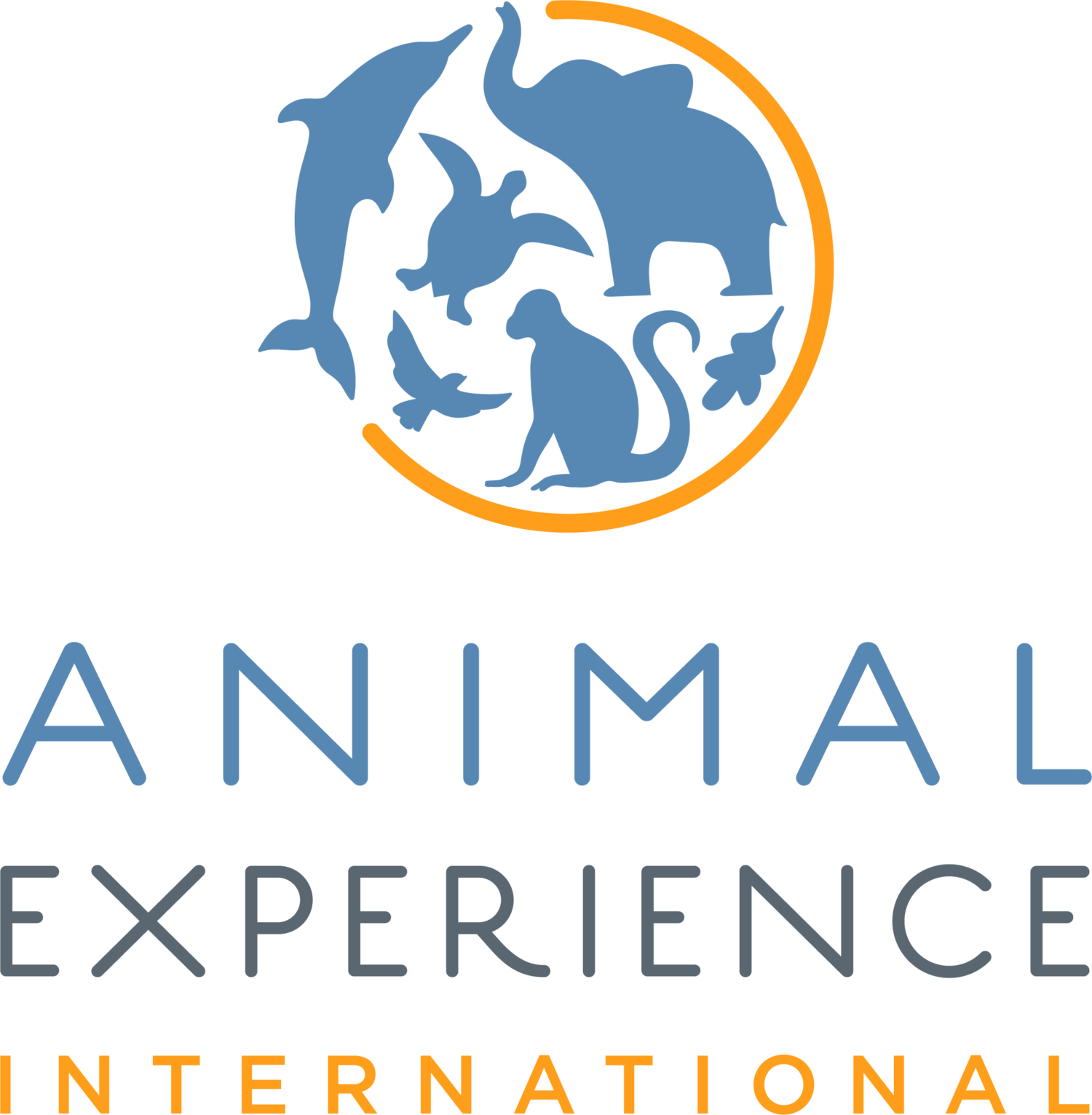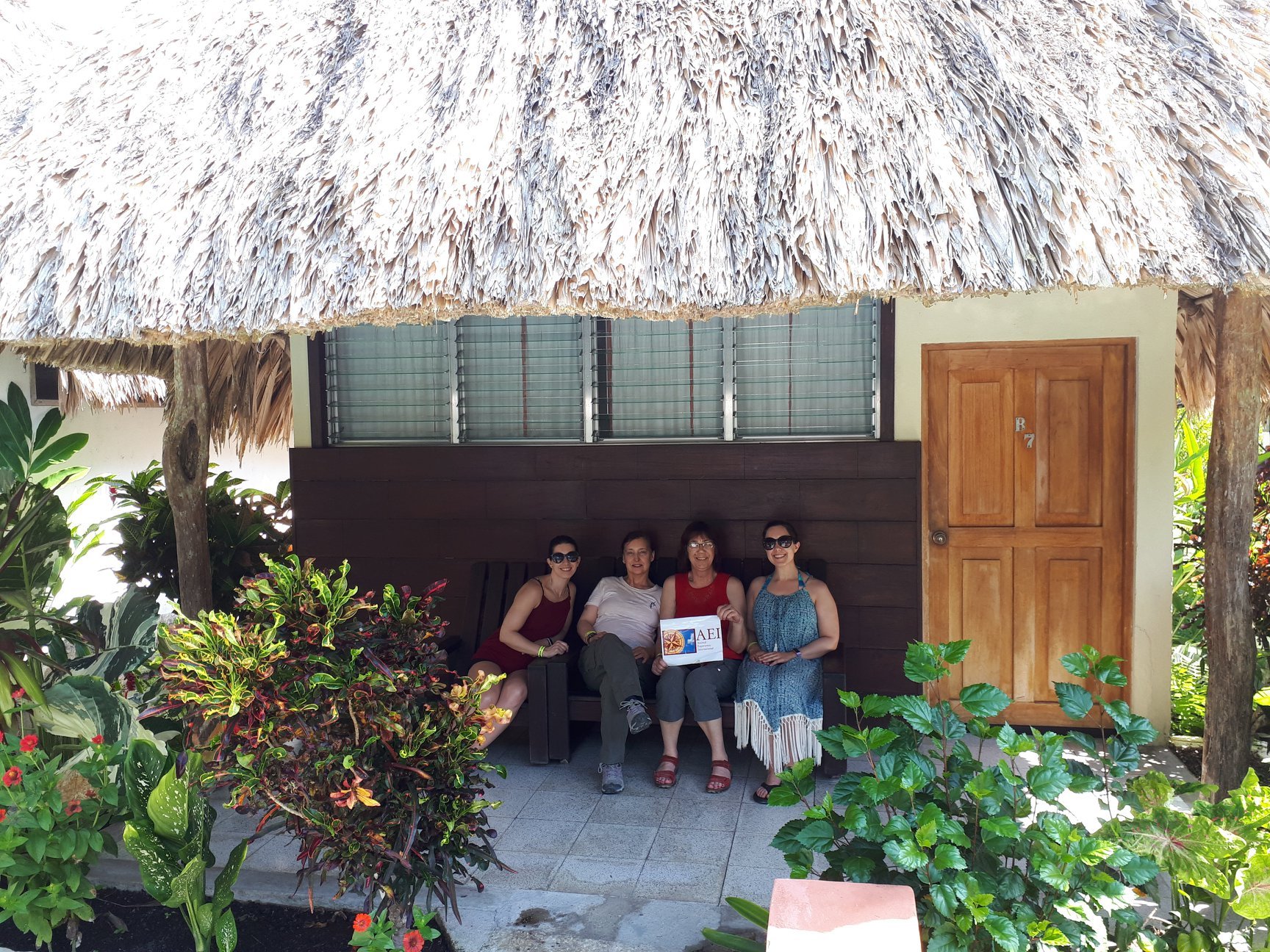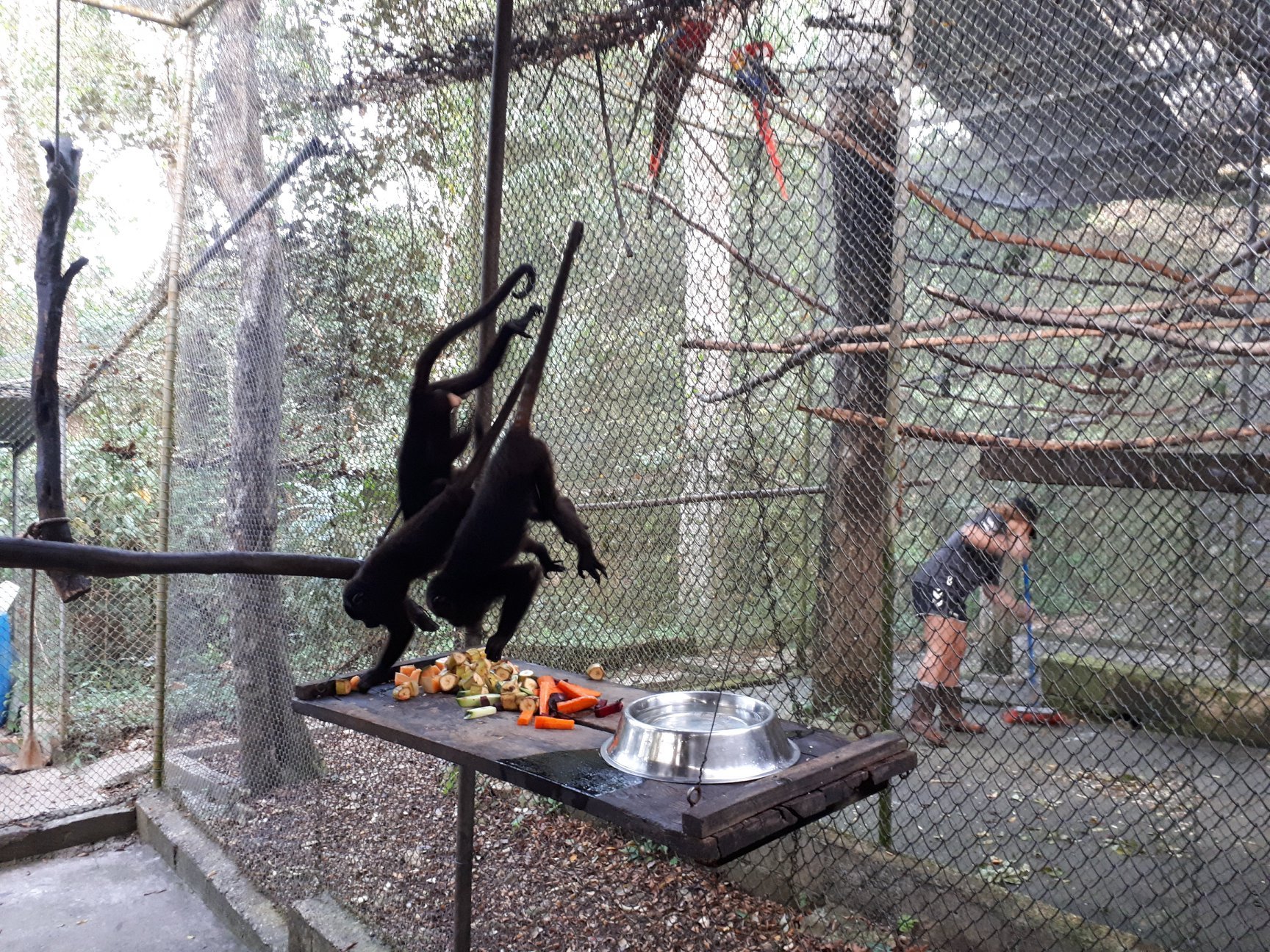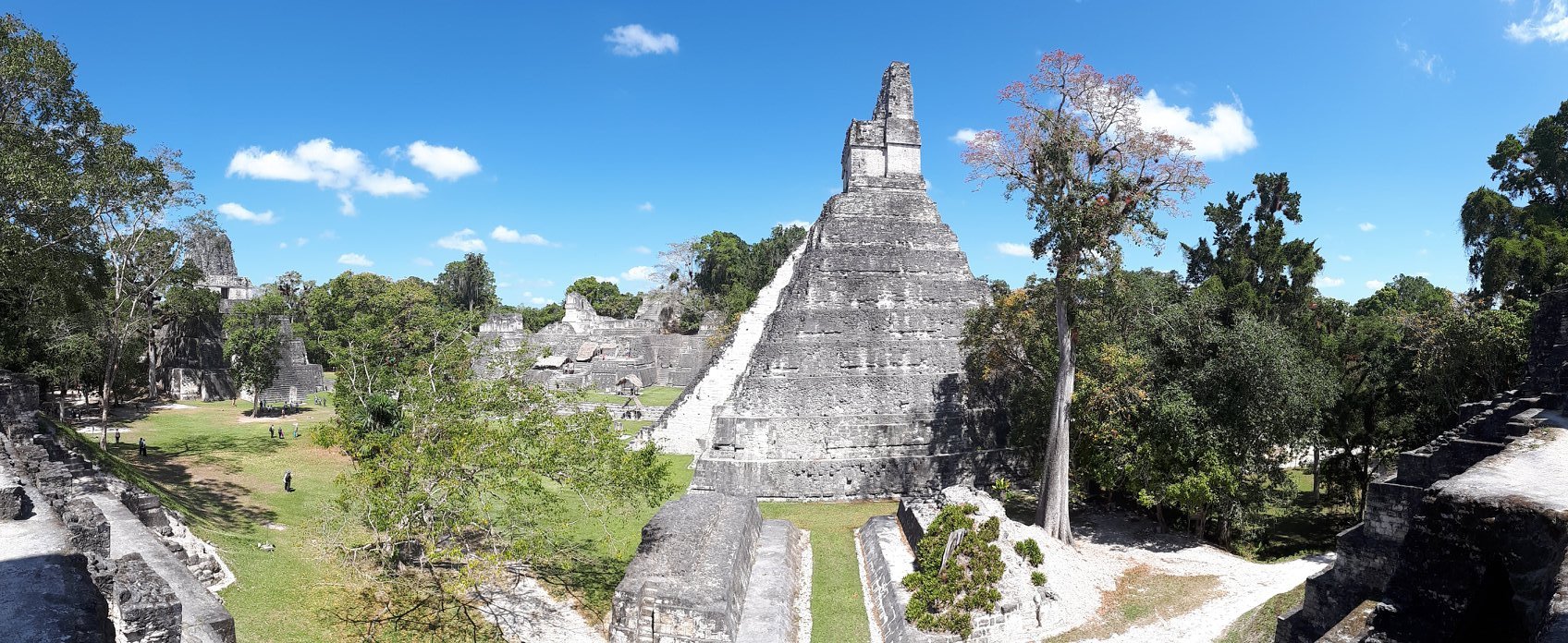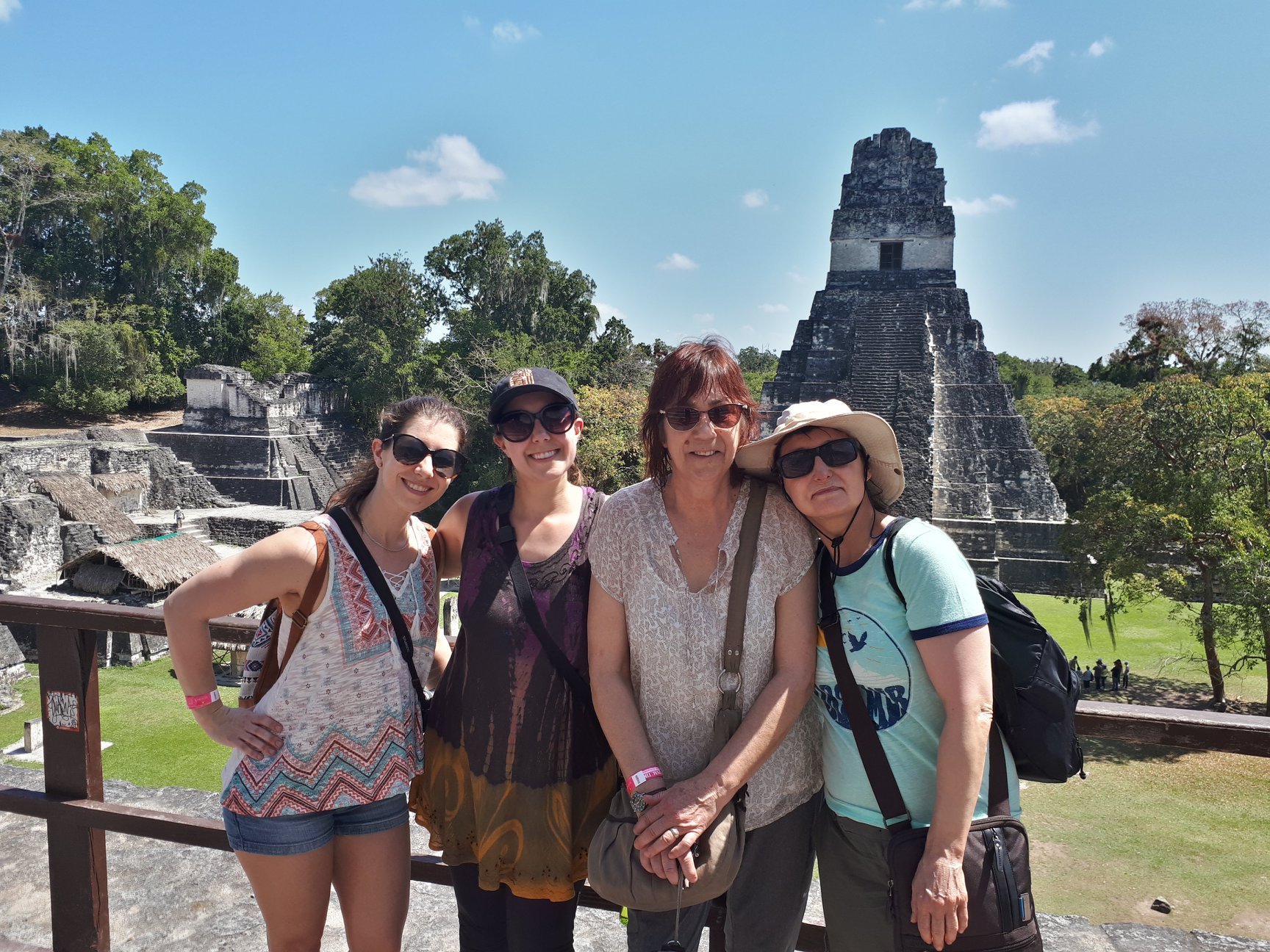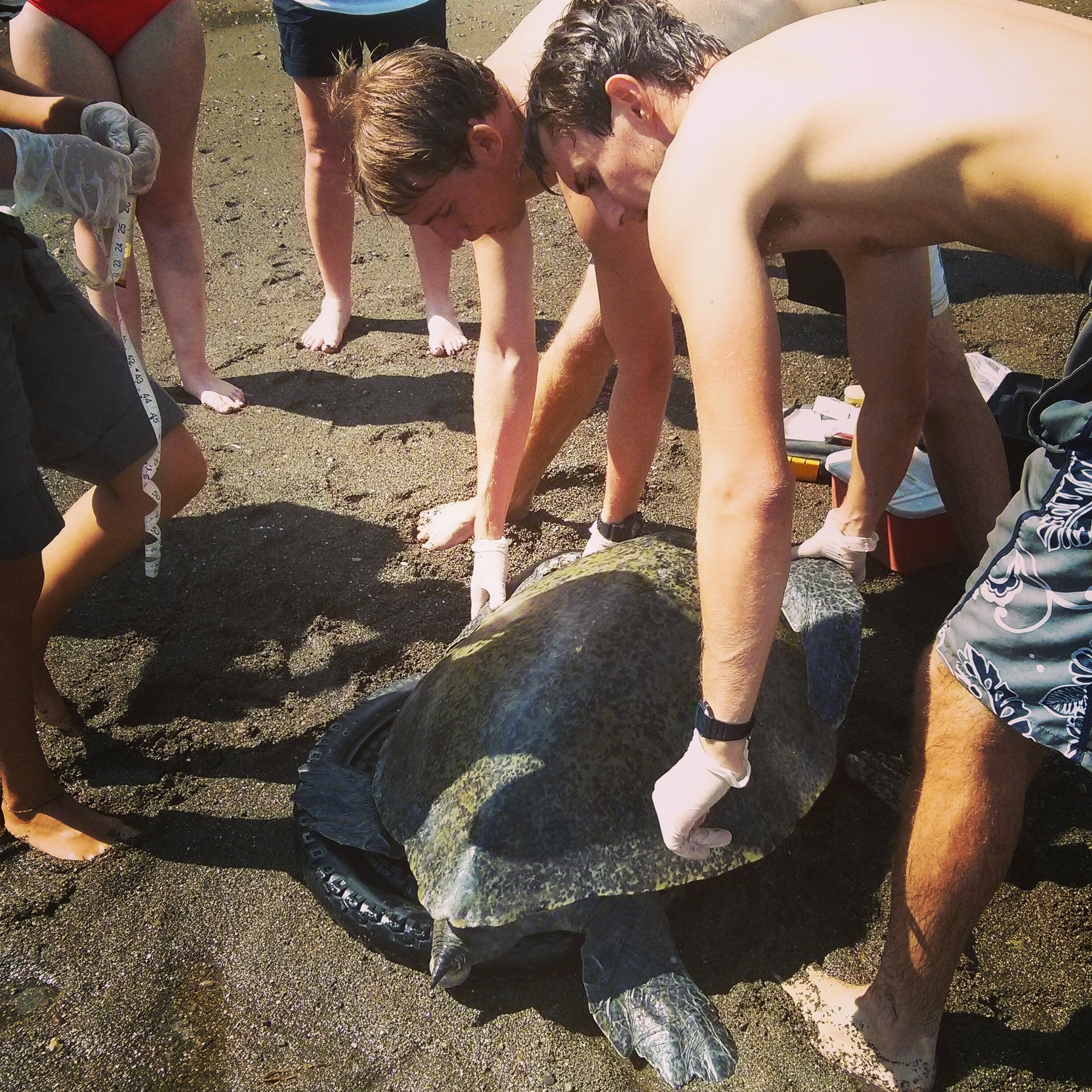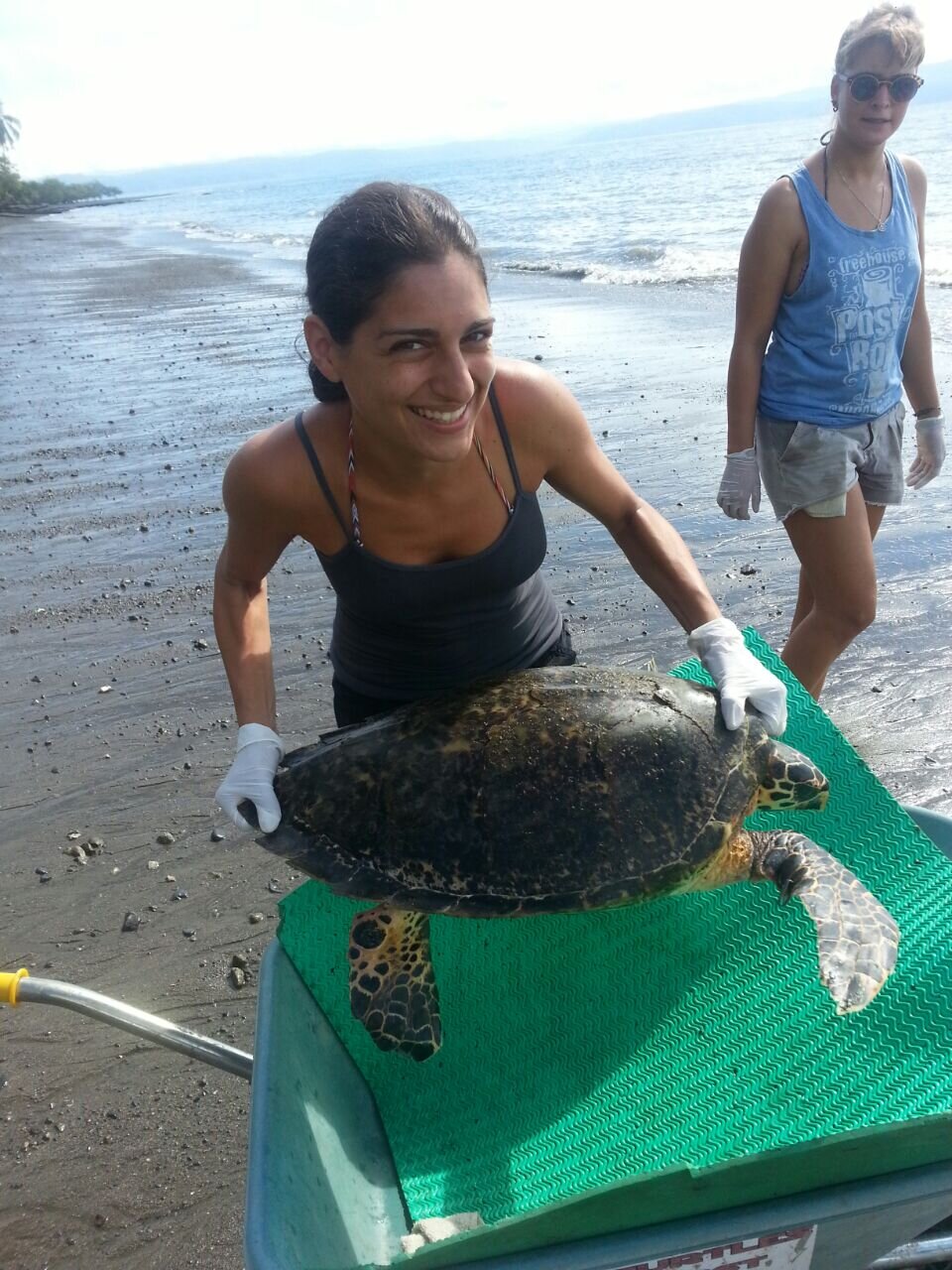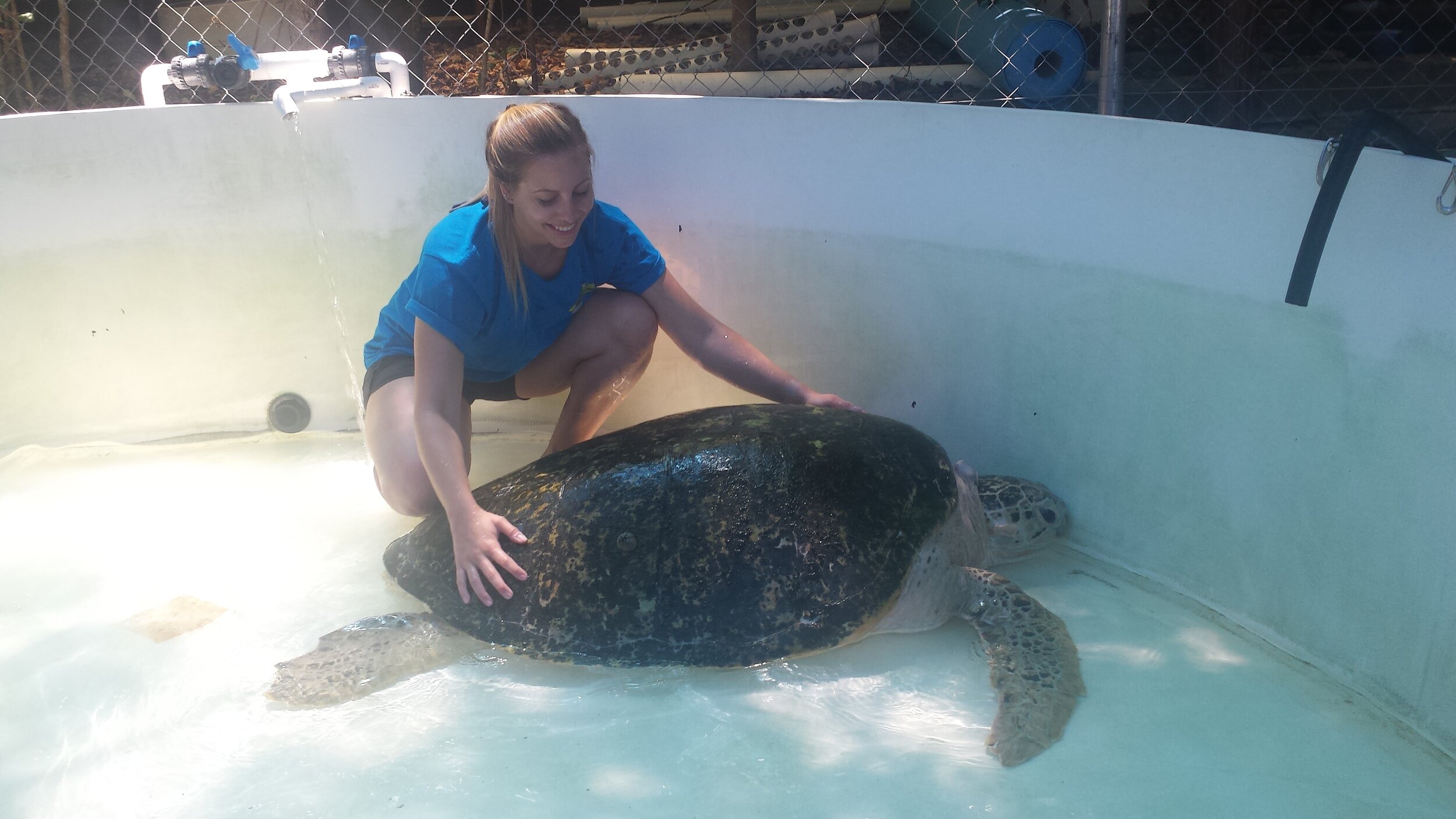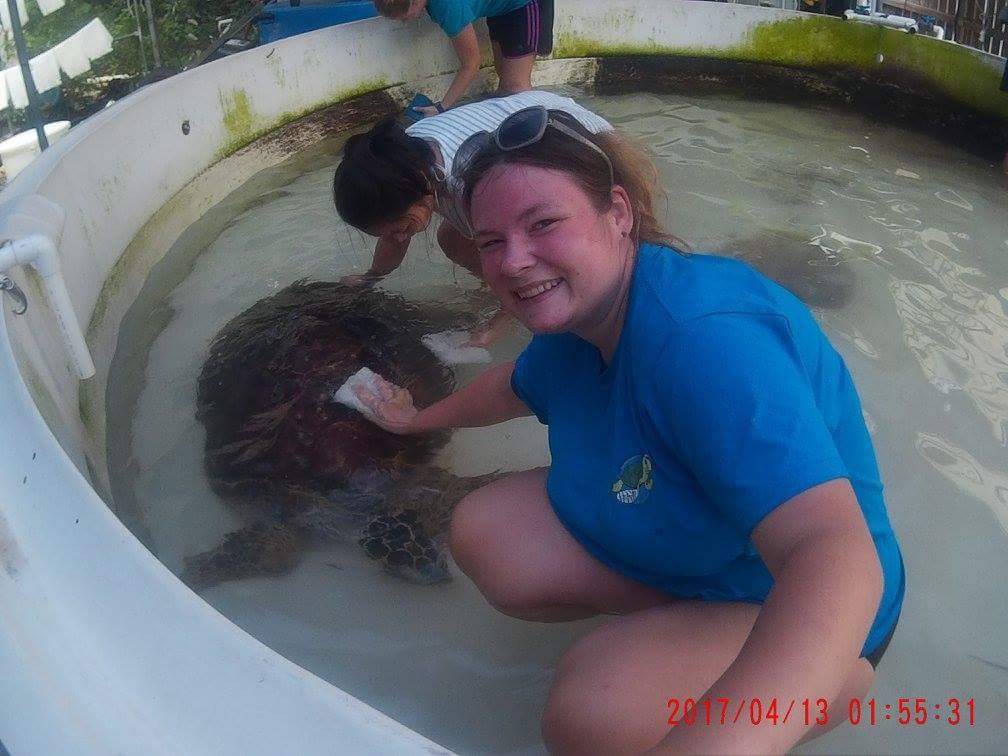by Hannah Fowler
At Animal Experience International (AEI), we love connecting passionate people from around the world with projects that make a difference for animals. But when it comes to long- term, sustainable change, there’s one truth that we see again and again: local veterinarians are the cornerstone of animal welfare.
Why Local Vets Matter Most
International volunteers—whether they’re vet students, professionals, or simply animal lovers—can do amazing things to support animal hospitals, sanctuaries, and conservation programs. But volunteers come and go. Local vets are the ones who stay. They understand not only the animals, but also the cultural context, available resources, and community needs. A local vet knows which medicines are accessible and affordable in their area. They know how to build trust with community members, ensuring that solutions are practical and long-lasting. When there aren’t enough local vets, it’s often a sign of limited opportunity in education and training. And without local expertise, communities can become dependent on international
support— which can be very unstable—something we saw clearly during the COVID-19 pandemic, when travel restrictions made it nearly impossible for volunteers to be on the ground.
Where Volunteers Fit In
So if local vets are so essential, why do we still need volunteers? The answer is simple: there’s always more work than one person—or one small team—can handle. Caring for animals means daily, consistent, and often repetitive tasks: cleaning enclosures, preparing food, assisting with enrichment, and monitoring behavior. These aren’t glamorous jobs, but they are absolutely fundamental to an animal's health and welfare. When volunteers step in to handle these important everyday tasks, local vets can focus on what only they can do—complex surgeries, medical diagnoses, and community outreach. In this way, volunteers don’t replace local vets, they empower them to do their best work.
Building Sustainable Change Together
At AEI, we’re committed to making sure volunteer placements strengthen—not overshadow—local expertise. Our role is to provide safe, ethical opportunities for volunteers to support communities, while ensuring that local professionals remain the leaders of long-term animal care. By working hand in hand, volunteers and local vets create a balance: volunteers provide the extra hands needed for daily care, and vets provide the knowledge, experience, and continuity that ensures animal welfare truly thrives.Because at the end of the day, it’s about partnership, sustainability, and respect—for the animals, for the communities, and for the people who dedicate their lives to caring for both.
